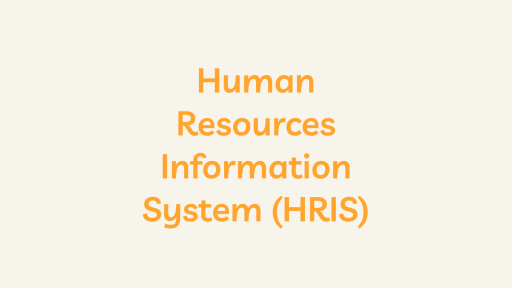Introduction
In the fast-evolving realm of Human Resource Management (HRM), the Employee Net Promoter Score (eNPS) has emerged as a pivotal metric. Mirroring its marketing counterpart, the Net Promoter Score (NPS), eNPS is gaining prominence as organizations recognize the pivotal role of employee satisfaction in overall success.
Defining Employee Net Promoter Score (eNPS)
At the heart of eNPS lies a single, impactful question: “On a scale from 0 to 10, how likely are you to recommend this company as a place to work to your friends or colleagues?” This seemingly straightforward query is a powerful indicator, categorizing employees into three distinct groups based on their responses.
Analyzing the Results
- Promoters: These are the company’s fervent advocates, giving a score of 9 or 10. Not only are they content with their work environment, but they actively contribute to the company’s positive reputation by recommending it to others.
- Passives: Falling within the 7-8 range, Passives indicate satisfaction, but lack the zeal of Promoters. Their loyalty is moderate, and their commitment may waver depending on evolving circumstances.
- Detractors: Employees providing scores from 0 to 6 are Detractors, signaling discontent. Addressing their concerns is crucial, as Detractors have the potential to exert a negative influence on the company’s image.
Utilizing Employee Net Promoter Score (eNPS) Results
- Assessing Overall Satisfaction: eNPS provides a comprehensive snapshot of employee satisfaction, offering organizations valuable insights into the collective sentiments of their workforce. This understanding is fundamental for creating a positive and conducive work environment.
- Identifying Areas for Improvement: The results of eNPS serve as a diagnostic tool, revealing specific pain points within the organization. HR professionals can pinpoint areas that require immediate attention, whether it’s related to communication, leadership, or work-life balance.
- Developing Retention Strategies: A high eNPS indicates a satisfied and engaged workforce. It not only reflects effective HR practices but also contributes to talent retention. Conversely, a low score necessitates strategic adjustments to retain talent, foster engagement, and enhance the company’s reputation as an employer of choice.
Conclusion
In conclusion, eNPS transcends being a mere metric; it becomes a compass guiding HRM strategies. Its simplicity in measurement conceals a profound impact on organizational culture, employee engagement, and, ultimately, the success of a business. As companies navigate the dynamic terrain of talent management, embracing and harnessing the insights provided by eNPS is not just a best practice—it’s a strategic imperative.





